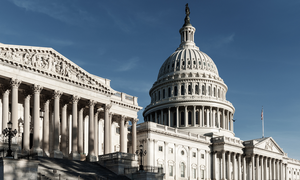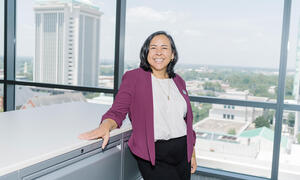A few years ago, I wrote a classroom resource about ecology for elementary and middle school kids. It covered all the territory you’d expect—biomes, habitats, food chains, etc. But the publisher insisted on a conspicuous omission. No mention could be made of one of the major biologists who pioneered ecology. That biologist was Charles Darwin.


